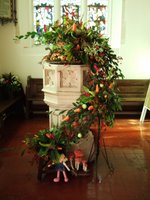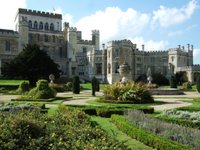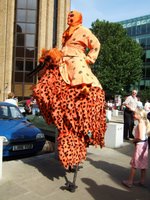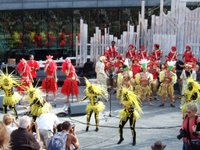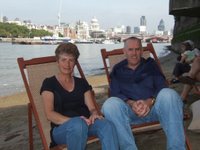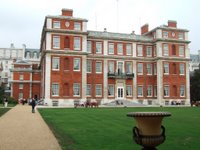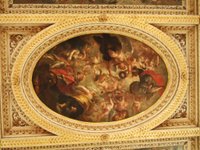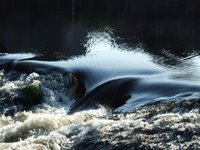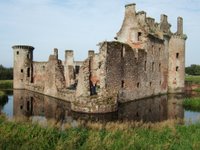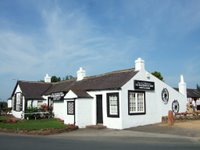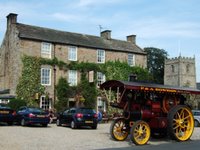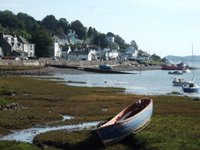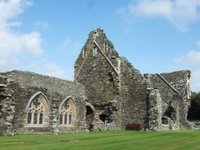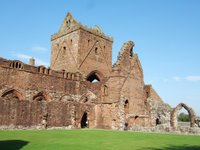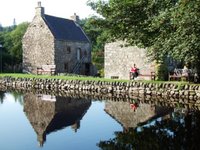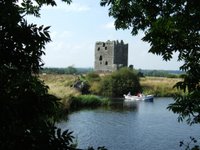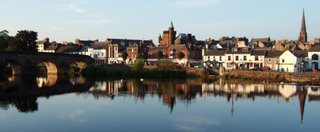The Peak District is one of our favorites parts of England so this weekend we set out on a Jane Eyre discovery trip.
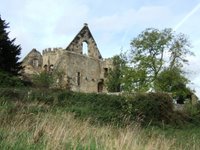
Crich was our first stop after an excellent 2-hour trip from London. From there we did a 3 hour walk that went past Wingfield Manor: used in the current Jane Eyre BBC drama as the burnt out ruin of Thornfield Hall. It must have been a huge and impressive place in its day.
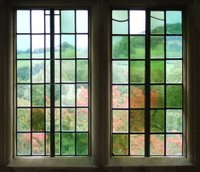
The walk allowed us to experience some of the peculiar delights associated with walking through the English countryside. Firstly, walking right though someone's farmyard and, secondly, being the first to walk across a freshly ploughed field.

We were also the first to walk across two fields newly sown with crops.
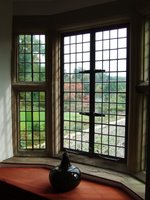
Although perfectly legal, and following the marked public footpath, it actually feels quite criminal to do so and shortly after we received the “sentence” for our “crime”. Leaving the freshly sown field we found that we were also the first to walk up the track to the road, and the track was overgrown with nettles. Tall nettles and shorts do not mix!
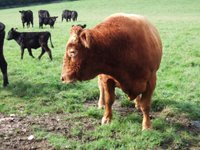
However, there is one aspect of country walking which can be a little daunting: herds of cattle that do not look overly friendly. One field had lots of cows and calves standing directly in front of the gate we were intending to use to exit the paddock. We walked through them, shouting to encourage them to move. At the last minute, we found that the cows had been concealing a huge bull, standing directly in front of the gate. Rather too late to retreat at that stage!

After the walk we visited the
National Tramway Museum just outside Crich. This is a wonderful collection of all types of trams and things to do with trams, beautifully displayed in a “village street” complete with relocated pub, shops, etc. We happened to visit on a special connoisseurs day when lots of extra trams were running and many other items were on show. The tram ride, which you paid one penny for, gave great views out over the Derwent Valley. The penny was a genuine old pre-decimal penny and was provided with your admission ticket. As a youngster, in the '50s, I remember my Dad putting me on the tram in Wellington and telling the conductor to take me to “the end of the penny section”. It was quite nostalgic to once again ride a tram for a penny.
(see more pictures)
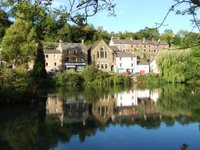
We also explored Cromford and Edensor: the estate village for Chatsworth.
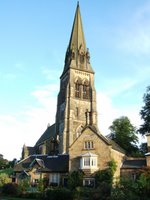
Edensor was apparently built for the 6th Duke of Devonshire using every available style in a popular architectural pattern book. The result is a fascinating, eclectic, collection of houses.
Chatsworth Estate may be our favourite part of the Peak District, but this has to be closely followed by the limestone valleys around the very attractive village of Hartington. This is also a compulsory stop to stock up on cheese (particularly stilton) at their excellent cheese shop.
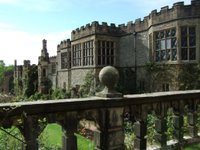
Haddon Hall was used as the setting for Thornfield in the current BBC Jane Eyre production. We had a real sense of stepping back in time, when we visited the Hall on Sunday afternoon. After arriving home, we watched instalment two on TV, and enjoyed identifying the rooms being used.
 It was time to hop across “the pond” for a family visit in Bellingham, WA. While there we went back up Mt Baker, the local volcano and a prominent landmark, to see the autumn colours.
It was time to hop across “the pond” for a family visit in Bellingham, WA. While there we went back up Mt Baker, the local volcano and a prominent landmark, to see the autumn colours. 
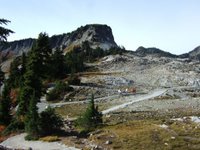

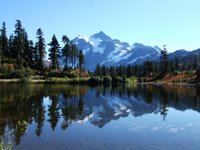
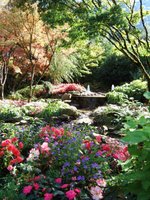 We also popped across the border into Canada to re-visit Minter Gardens. We had hoped that the autumn colours might be in evidence but were just a bit early to see the Maples and Acers in all their autumn splendour. (see more pictures)
We also popped across the border into Canada to re-visit Minter Gardens. We had hoped that the autumn colours might be in evidence but were just a bit early to see the Maples and Acers in all their autumn splendour. (see more pictures)
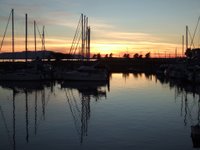 All too soon our time in Washington was over
All too soon our time in Washington was over 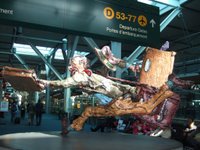 and it was time to rush to the departure gate.
and it was time to rush to the departure gate.









